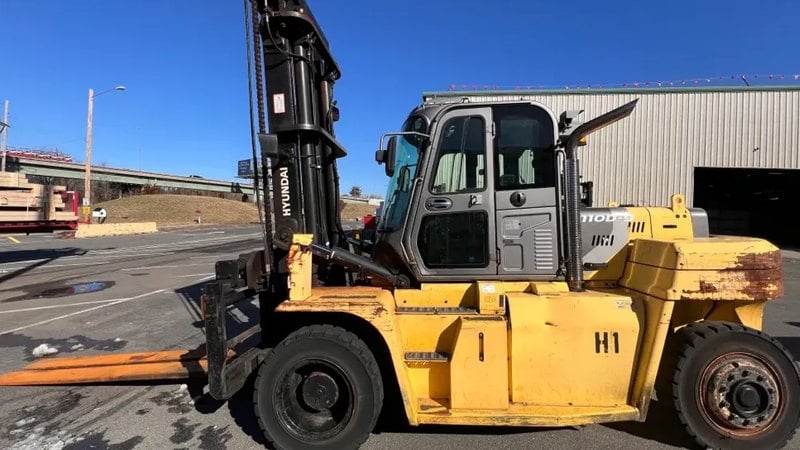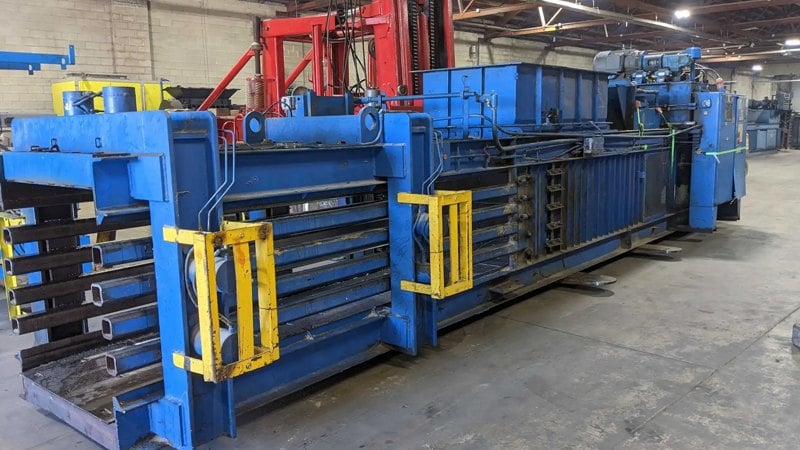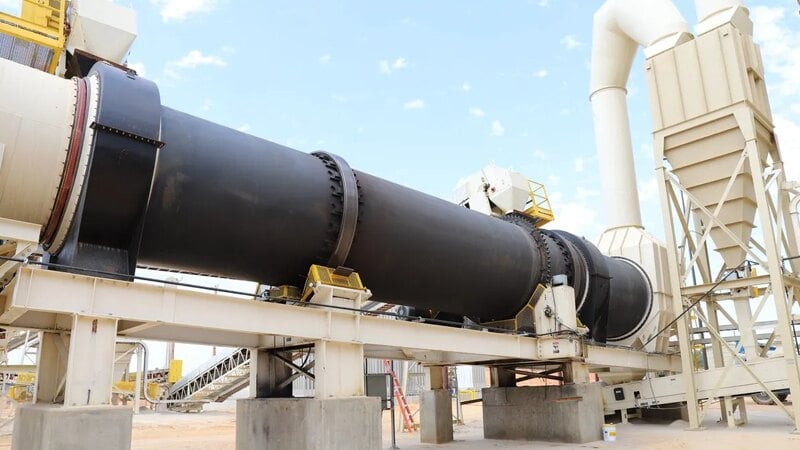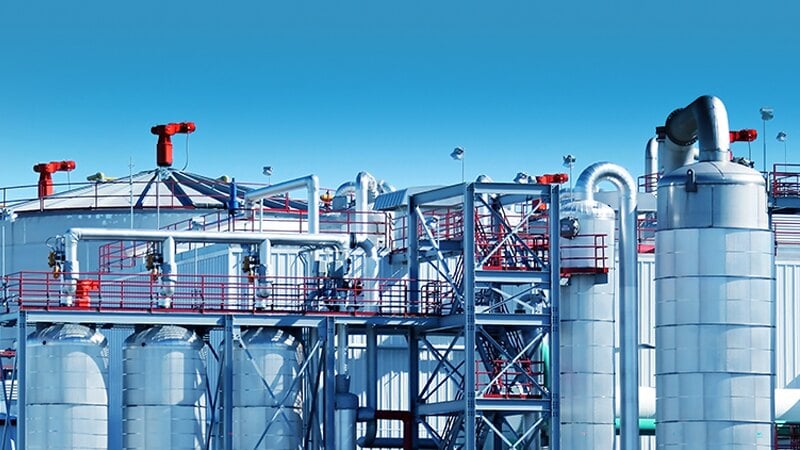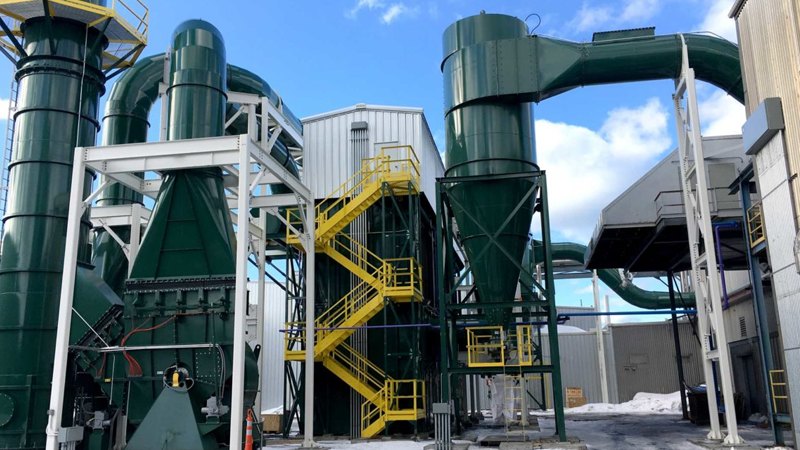From fixing up tools at home to powering serious workshop projects, grinding machines get the job done. This guide covers everything you need to know—types, prices, and safety tips—so you can pick the right grinder with confidence and use it like a pro.

1. Types of Grinding Machines and Their Applications
Grinding machines come in many forms, each suited for specific purposes. The right choice depends on your use case—whether for industrial operations or occasional home projects.
Industrial Grinding Machines
These robust machines are built for production and heavy-duty material removal. Common types include:
Surface Grinding Machines: Smooth flat surfaces with precision
Cylindrical Grinders: Shape the outer surface of round objects
Tool and Cutter Grinders: Sharpen milling and cutting tools
Angle Grinders for Home Use
Compact and handheld, angle grinders are popular for cutting, sanding, and polishing. They're easy to use, portable, and affordable—perfect for home repairs or DIY work.
Multi-Purpose Grinder Machines
Ideal for workshops, these grinders handle various tasks like sharpening, deburring, and surface finishing—all in one unit.
2. Comparison of Common Grinding Machines
| Type of Grinder | Best For | Size & Portability | Ease of Use | Typical Users |
|---|---|---|---|---|
| Surface Grinding Machine | High-precision flat surface work | Large, fixed | Moderate to Hard | Manufacturing workshops |
| Angle Grinder | Cutting & polishing (metal/stone) | Handheld, portable | Easy | DIYers, repair shops |
| Bench Grinder | Tool sharpening & shaping | Table-mounted | Easy to Moderate | Workshops, garages |
| Wet Grinder | Kitchen food prep (spices, lentils) | Mid-size countertop units | Easy | Restaurants, kitchens |
| Tool Grinder | Precision tool sharpening | Compact to medium | Moderate to Hard | Machine shops |
3. Bench Grinders: Features and Uses
A bench grinder is a staple in any workshop. It mounts on a table or stand and is equipped with two abrasive wheels—typically one coarse and one fine.
Key Features to Consider
Motor Power: Choose between 1/3 HP to 1 HP based on workload
Wheel Size: 6-inch and 8-inch are the most common
RPM: 3,000–3,600 RPM for high-speed models; slower models offer more control
High-Speed vs Low-Speed
While high-speed grinders work well for rapid material removal, variable-speed models are preferred for versatility.
4. Pricing and How to Choose
Grinders vary widely in cost, depending on type, features, and build quality.
| Machine Type | Estimated Price Range | Ideal For |
|---|---|---|
| Angle Grinder | $20 – $80 | Light-duty tasks at home or on site |
| Bench Grinder | $40 – $200 | Workshop tool maintenance |
| Surface Grinder | $800 – $2,500+ | Precision industrial use |
| Wet Grinder | $60 – $300 | Food preparation in commercial kitchens |
| Tool Grinder | $150 – $1,000+ | Tool rooms, manufacturing tool sharpening |
Buying Tips
Choose based on frequency of use and materials you work with
Prioritize variable-speed features if working on diverse projects
For heavy-duty work, invest in higher horsepower and industrial-grade parts
5. Wet Grinders for Commercial Kitchens
Wet grinders use a grinding stone and water to produce smooth pastes for food preparation, making them ideal for kitchens that deal with batters and spices.
Key Selection Criteria
Capacity: Choose 2L–15L drums based on kitchen volume
Ease of Use: Look for tilt functionality and stainless-steel drums
Noise & Heat: Wet grinders are quiet and preserve flavor by avoiding heat
6. Specialized Machines: Tool and Abrasive Grinders
Tool Grinder Machines
Engineered for fine sharpening of end mills, drill bits, and lathe tools.
Abrasive Grinding Machines
Used for deburring and finishing, these machines rely on high-friction abrasives to achieve clean edges and smooth surfaces.
Important Features
Adjustable angles
Replaceable grinding heads
High precision settings
7. Safety Tips and Routine Maintenance
Use Safely
Always wear safety goggles, gloves, and face shields
Use the correct wheel for the material
Allow the machine to reach full speed before beginning
Maintain Regularly
Inspect wheels for cracks
Keep moving parts lubricated
Remove debris and dust after every session
Replace worn parts to avoid accidents or poor performance
8. Recommended Brands and Where to Buy
Top Brands to Look For
Bosch: Reliable angle and bench grinders
Makita: Popular for high-quality handheld grinders
Elgi Ultra: Excellent wet grinders for kitchen use
BFW: Known for heavy-duty industrial solutions
Where to Shop
Online marketplaces
Hardware retailers
Industrial tool distributors
Always ensure the seller provides warranties and accessible customer support.
9. Frequently Asked Questions
Can I use one machine for both wood and metal?
Yes, but make sure the grinder supports dual-purpose wheels and variable speeds.
What's the safest grinder for beginners?
A bench grinder or low-RPM angle grinder with guard protection is usually the safest.
Why is my grinder overheating?
You might be applying too much pressure or using the wrong wheel type. Let the wheel do the work.
Do I need ear protection?
Yes. While some machines are quieter than others, prolonged use can still cause hearing fatigue.
Conclusion
Whether you're sharpening tools in a garage, handling commercial food prep, or running an industrial workshop, the right grinding machine can improve efficiency and results. From bench grinders to wet grinders and everything in between, understanding your needs—along with machine types, prices, and safety—will help you make a smart, long-lasting investment.
